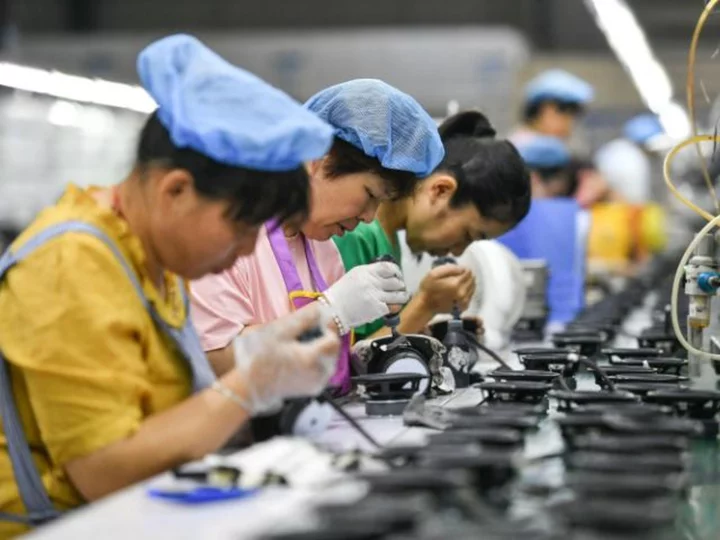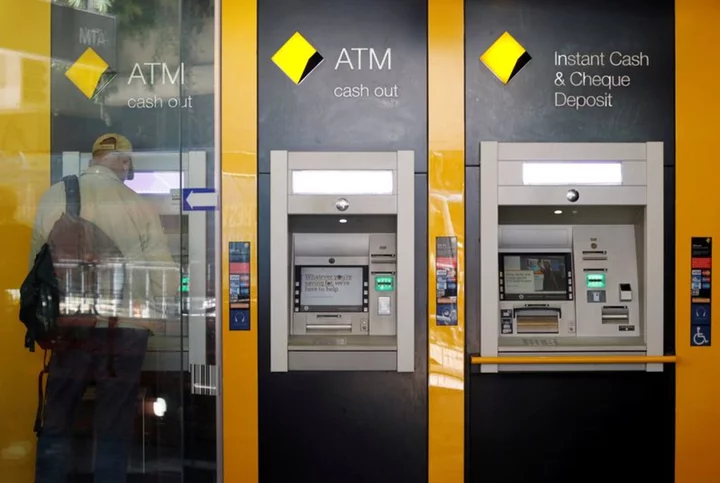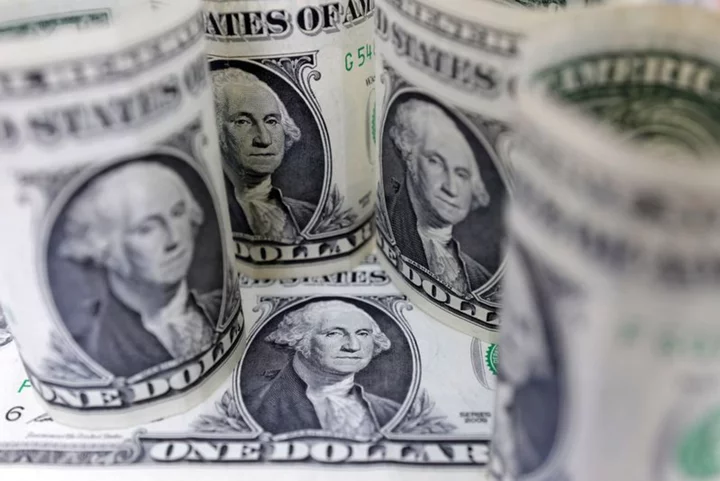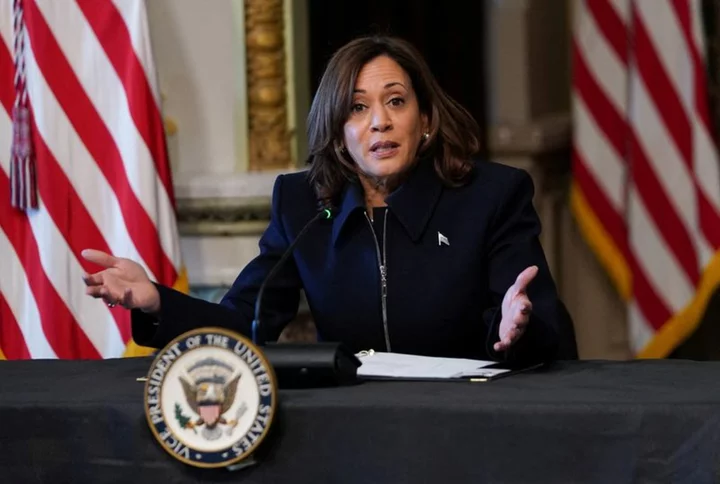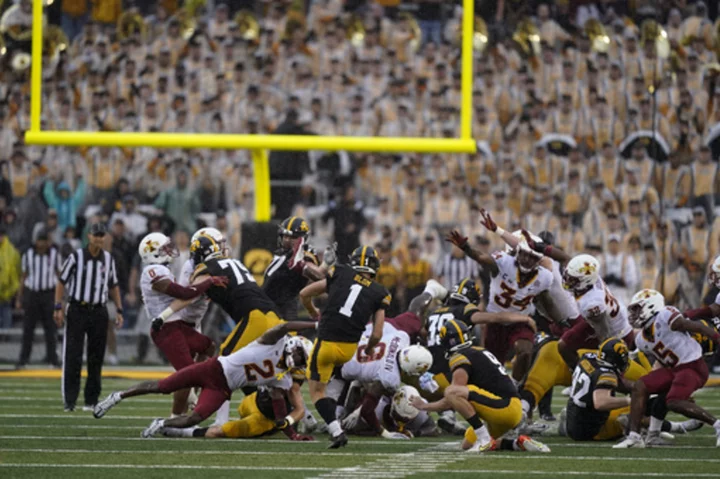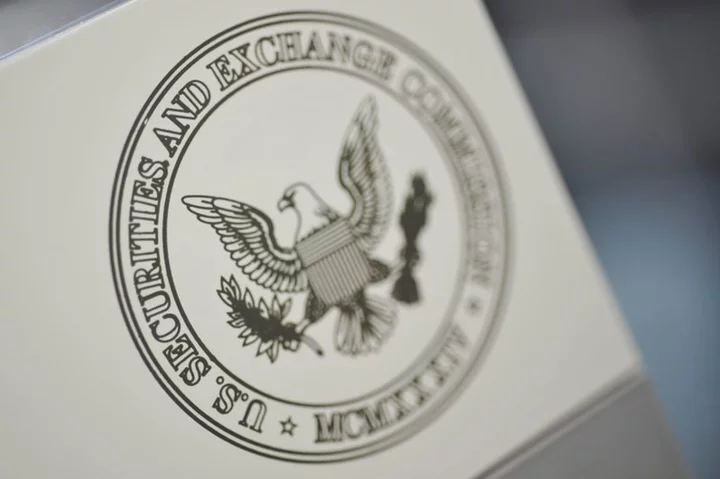By Howard Schneider
WASHINGTON Hotel executives see no letup in demand even with the Federal Reserve trying to stomp on spending.
Air travel is hovering near or above 2019 levels and based on the most recent Fed household data U.S. consumers likely still have a few hundred billion dollars of extra savings to burn.
Another summer of strong spending may lie ahead, in other words, in the part of the economy Fed policymakers feel is proving most troublesome to their goal of returning inflation to their 2% target - and where their attention is focused as they debate whether interest rates may need to rise further or not.
The Fed begins its latest two-day policy meeting on Tuesday, with investors and economists largely expecting the U.S. central bank to hold interest rates steady after 10 consecutive rate hikes since March 2022 increased the benchmark federal funds rate from near zero to its current level between 5% and 5.25%.
But the Fed is also expected to show it is poised to raise rates again in July following that brief respite.
Hours before the meeting starts, policymakers will receive new inflation data for May that could influence the debate.
The headline rate may drop under the influence of slower-rising food and energy prices, but economists expect little improvement in the underlying measure of "core" inflation that covers much of the U.S. services sector. In a recent Reuters poll economists said they expect the core consumer price index rose at a 5.3% annual rate in May versus 5.5% in April, a stodgy pace of decline in an index that has largely moved sideways this year.
'PRETTY RESILIENT'
Services account for about two-thirds of the U.S. economy. Though some services, like the provision of housing, are expected to help lower headline inflation in coming months, much of the rest of the service sector has kept the overall pace of price increases uncomfortably high.
While Fed officials keep waiting for consumers to relent, and watch data on credit card delinquencies and other fine points for signs that demand is beginning to crack in earnest, the changes have been modest so far.
"At some point you will see some slowing. I think realistically, it’s more late third quarter and into the fourth quarter," Hilton Worldwide Holdings Inc Chief Executive Christopher Nassetta said in late April on the company's first quarter earnings call. "There's enough momentum in our business. The economy broadly is pretty resilient. There's more confidence in the Fed."
Even with average prices about 17% higher now than in 2019, U.S. hotels over the first four months of the year sold roughly as many nights, at 404 million, as they did in January through April of that year, according to data from hospitality analytics firm STR.
Demand is expected to remain healthy, said Jan Freitag, national director of hospitality analytics at CoStar Group.
“It was very interesting to see that when the right to travel was taken away, suddenly in consumers’ minds is ‘that won’t happen to me again,’” with travel booming as restrictions and health fears eased, Freitag said.
Consumers may be choosing less expensive items when they eat out, but data from OpenTable shows seated diners still near or above levels seen last year and the rate of job openings in the industry remains among the highest in the country.
The pace of price increases could still ebb even with demand strong. According to STR, for example, the average daily room rate in April had increased just 3.4% over the same month a year ago, a far cry from the year-over-year increases in excess of 30% in some months of 2022.
But it isn't just travel, hospitality and other favorite "revenge spending" targets that have elevated the price level.
Deutsche Bank Chief U.S. Economist Matthew Luzzetti said he now expects fast-rising wages "should filter into strong healthcare inflation over the coming months" and be a "strong tailwind" to overall inflation.
'TOUCH AND FEEL'
Since prices began accelerating in 2021, the Fed has waited for a series of changes to help ease the pace as the economy reopened from the pandemic and established a new balance.
Some of those changes have happened. Supply chains for goods are largely repaired, and the pace of goods price inflation has eased. Global food and energy prices have moderated from shocks around Russia's invasion of Ukraine.
But the U.S. services market, more labor dependent than other parts of the economy and still experiencing worker shortages and rising pay, isn't there yet.
For the Fed that presents a tough judgment over whether to move interest rates higher and try to break inflation faster, or stop at a slightly lower rate for a longer period in hopes inflation will gradually subside without major economic damage in the form of rising unemployment.
The two approaches carry different risks - the one of taking policy a step too far, tightening financial conditions too much, and causing unnecessary job loss; the other that inflation hangs around so long it starts to change public perceptions, becomes embedded in planning, and thus gets stuck at a higher level.
There's no good overall way to measure which provides the better tradeoff, said former Fed monetary policy director William English, now a professor at the Yale School of Management.
"A lot of it is touch and feel," English said, given that so little is understood about how public expectations about inflation are formed, for example, and how those expectations influence the path of prices and wages.
But for now the Fed has put its priority on not letting expectations begin to move - and the longer headline inflation rates stay elevated the greater the concern.
(Reporting by Howard Schneider; Editing by Dan Burns and Andrea Ricci)


